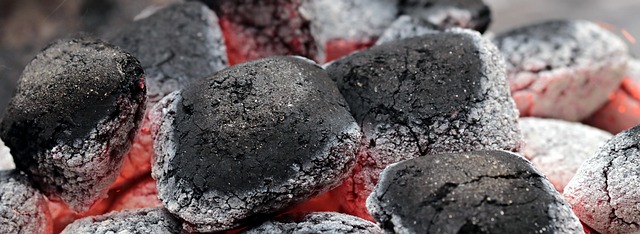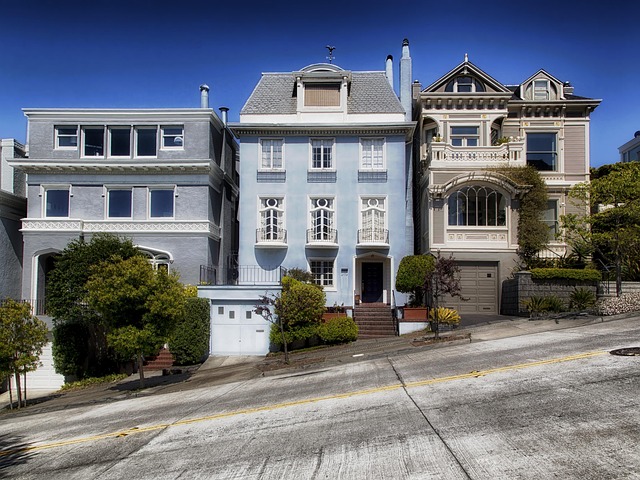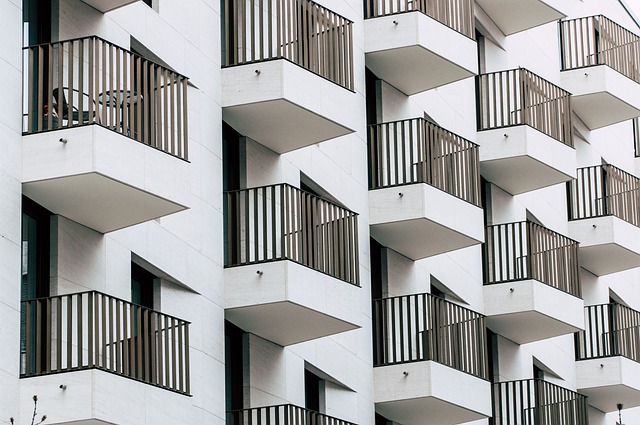House flippers play a vital role in California's real estate scene by purchasing and rehabilitating fire-damaged properties. They address a unique market gap, transforming undervalued homes into affordable housing options, especially in urban centers like Los Angeles and San Francisco. Despite the challenges of repair costs, these investors capitalize on California's competitive housing market, acquiring properties at discounted prices and flipping them for profit while contributing to local community revitalization and increased property values.
House flipping investors are a significant force in California’s real estate market, playing a pivotal role in transforming properties. This article delves into the world of these savvy investors and their unique niche: acquiring and rehabilitating fire-damaged homes. With a keen eye for potential, they navigate the challenges posed by damaged structures, offering both opportunities for renovation and relief for homeowners facing post-fire reconstruction. Understanding their motivations and strategies is crucial in the vibrant California real estate landscape.
- Understanding House Flipping Investors and Their Role in California's Real Estate Market
- The Challenges and Opportunities of Selling Fire-Damaged Houses to These Investors
Understanding House Flipping Investors and Their Role in California's Real Estate Market

House flipping investors play a pivotal role in California’s dynamic real estate market, particularly when it comes to purchasing and revitalizing distressed properties. These savvy individuals identify undervalued homes, often including those damaged by selling fires, and recognize their potential for significant profit once refurbished. By investing in these properties, they contribute to the state’s housing inventory, transforming fire-damaged houses into desirable residential options.
These investors bring expertise and resources to the table, enabling them to navigate the complexities of purchasing and rehabilitating homes. Their involvement accelerates the process of getting damaged properties back on the market, which is crucial for homeowners looking for affordable housing solutions. Moreover, their focus on fire-damaged houses offers a unique opportunity to breathe new life into potentially neglected areas, enhancing local real estate values and revitalizing communities across California.
The Challenges and Opportunities of Selling Fire-Damaged Houses to These Investors

Selling fire-damaged houses in California presents a unique set of challenges and opportunities for house flipping investors. One of the primary hurdles is the significant repair costs associated with restoring these properties to their former glory, or even to a state that meets market standards. Fire damage can leave behind structural issues, charred walls, smoke odours, and damaged fixtures—all of which require substantial investment to rectify.
However, for investors willing to take on these challenges, California’s housing market offers plenty of opportunities. The demand for housing in highly populated areas like Los Angeles or San Francisco remains strong, and fire-damaged properties can sometimes be acquired at below-market prices. With skilled contractors and a good renovation plan, these houses can be transformed into profitable flips, catering to buyers seeking affordable options in competitive markets.
House flipping investors play a significant role in California’s real estate market, offering both challenges and opportunities. While they contribute to rapid property turnover and revitalization, particularly in areas like California where fire damage is prevalent, they also face unique hurdles, such as navigating strict regulations and managing public perception. For homeowners facing fire-damaged properties, selling to these investors can provide a swift financial outcome, fostering community renewal. However, understanding the dynamics of this market and engaging with reputable flippers is crucial for ensuring successful transactions that benefit all parties involved.






